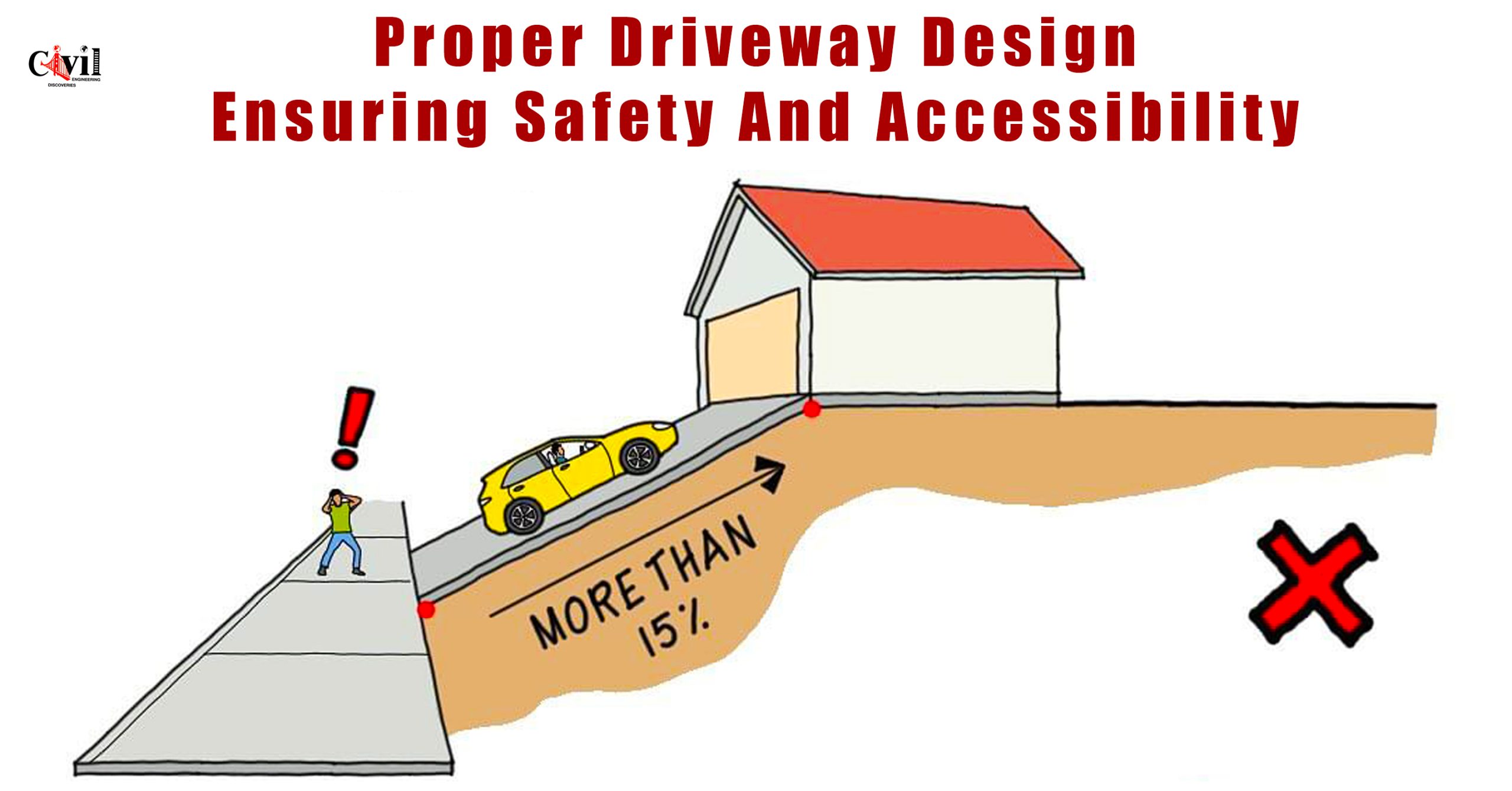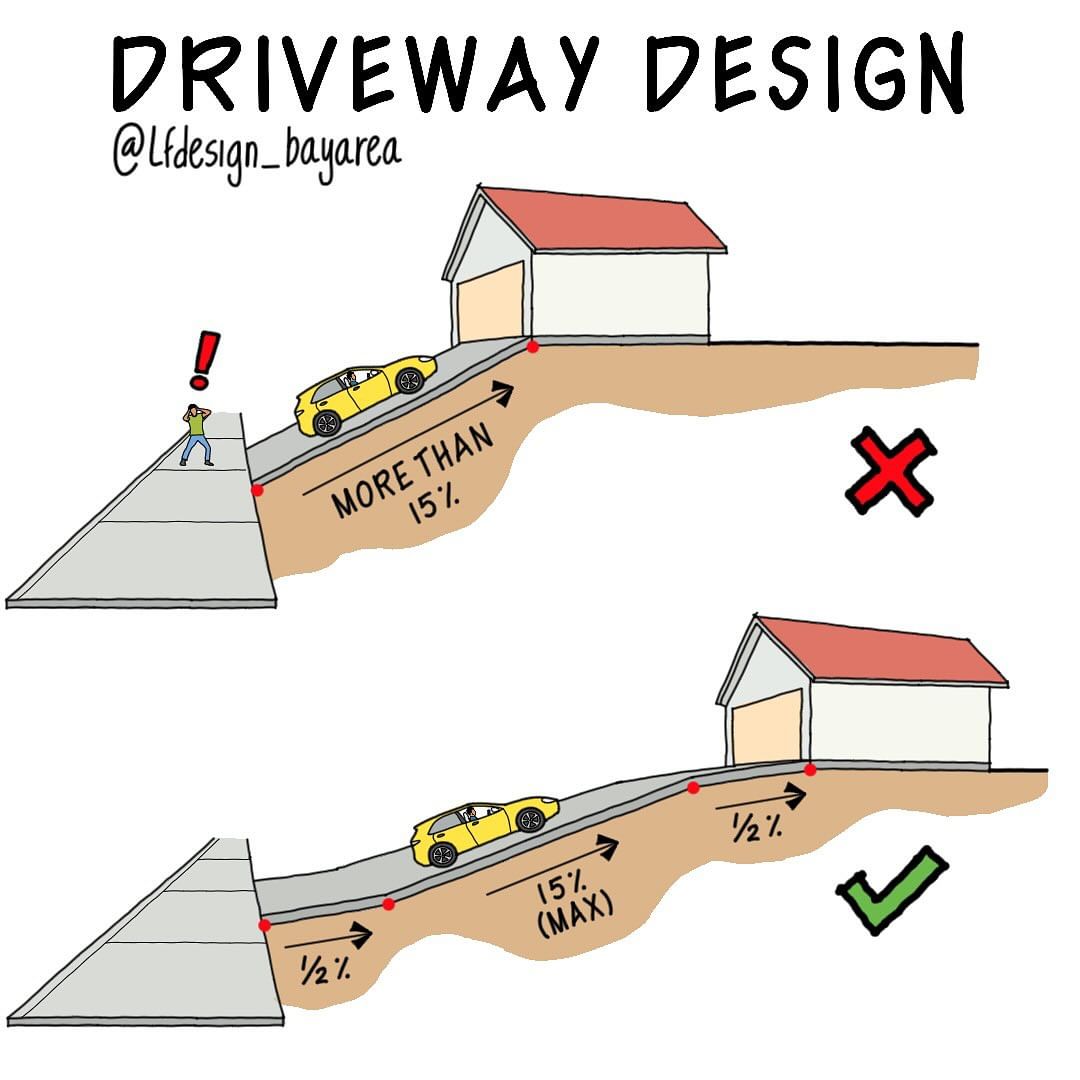Driveways play a crucial role in residential design, not only adding to the property’s appearance but also enhancing safety for drivers and pedestrians. A well-designed driveway improves visibility and reduces potential hazards caused by steep gradients or awkward angles. Here, we’ll explore essential aspects of driveway design to promote safety, accessibility, and functionality.
The Importance of a Safe Driveway Design
Driveways that are improperly sloped or lack clear visibility can be dangerous for both drivers and pedestrians. When the driveway slope exceeds safe limits, vehicles risk undercarriage scraping or even rolling backward. Additionally, steep driveways make it challenging for drivers to see pedestrians or other vehicles. An optimal driveway design considers these factors, keeping both form and function balanced.
Understanding Driveway Slopes
A driveway with a steep gradient—more than 15% incline—creates multiple challenges. Steeper slopes can damage the car’s underside and create visibility issues for drivers exiting the property. Driveways should ideally have a gradient of no more than 15% to ensure smooth driving and improved visibility. By keeping this slope manageable, homeowners can reduce the risks of accidents and enhance the overall safety of their properties.
Designing for Gradual Slope Transitions
To further increase safety, driveways should include gradual transitions in slope. Rather than a single steep incline, driveways should be segmented into smaller slopes, typically using a ½% transition at the start and end. This design allows vehicles to smoothly transition from one gradient to another, reducing the chance of bottoming out and improving visibility as drivers approach the street.
Improving Pedestrian Safety
In addition to vehicle considerations, pedestrian safety is essential. A properly graded driveway allows drivers to see anyone walking on the sidewalk or approaching from the side. Reducing the incline or incorporating flat sections helps improve this visibility, especially in areas where children, pets, or other pedestrians might pass frequently.
Avoiding Common Driveway Mistakes
A common mistake in driveway design is creating a too-steep driveway, often due to space limitations. However, homeowners should prioritize safety and make adjustments, such as extending the driveway length or adjusting landscaping, to reduce the gradient. Another error is neglecting to plan for rainwater runoff, which can create slippery conditions and erosion if not properly managed.
Key Takeaways for Homeowners and Builders
- Limit driveway gradient to 15% for optimal safety and vehicle clearance.
- Incorporate transition slopes of ½% at the beginning and end for smoother driving and better visibility.
- Ensure clear sightlines for drivers to spot pedestrians and other vehicles easily.
- Address water drainage to prevent pooling and erosion along the driveway.
Click Here To See Types Of Slabs: A Comprehensive Guide To Structural Design
Credit: lfdesign_bayarea







